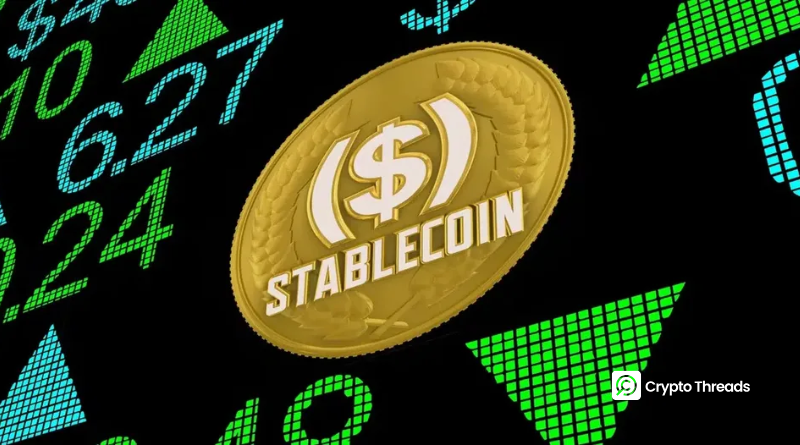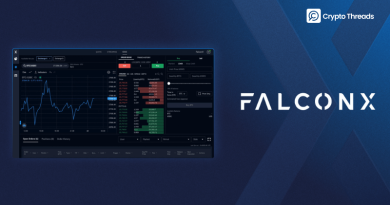Stablecoin Market Cap Nears $300B – Why the Numbers Don’t Add Up
Stablecoins just crossed a big milestone—$300B market cap on CoinMarketCap. But other data platforms disagree, exposing how tricky it is to measure this fast-moving sector.
Quick Takeaways
- Different methodologies—like token coverage, exchange data, and on-chain tracking—drive the gap.
- New tokens, complex collateral models, and rehypothecated assets add more counting challenges.
- Growth is strong, but mainstream adoption and regulatory clarity are still hurdles.
Stablecoin Numbers Don’t Match
CoinMarketCap tracks about 150 stablecoins, but CoinGecko and DefiLlama monitor closer to 300. This alone explains some of the difference. CoinGecko uses volume-weighted algorithms and outlier detection, while DefiLlama leans on on-chain total value locked and CoinGecko’s pricing API.

Alphractal’s Rafaela Romano notes that new blockchains and tokenomics complicate supply and market-cap calculations. For example, CoinGecko includes Tether Gold (XAUT) and the new Sky (USDS) contract—together worth nearly $9.4B—that CoinMarketCap leaves out.
CoinMarketCap also treats tokens with layered collateral, such as wrapped or restaked assets, as “rehypothecated” rather than stablecoins. Head of research Alice Liu says this prevents double-counting but means CMC’s numbers will naturally differ.
Growth Outpaces Adoption
Stablecoins have surged since late 2024, with Tether (USDT), Circle’s USDC, and Ethena Labs’ USDe leading the charge. Still, stablecoins are not fully mainstream. Regulatory questions, especially from the European Central Bank, and transparency issues remain major speed bumps. Some analysts expect the market to hit $400B by late 2025 if these hurdles ease.Final Thought
Whether the true number is $289B or $300B, stablecoins are a powerhouse of crypto’s next phase. But until data standards and regulations catch up, “$300B” is more a symbolic checkpoint than a hard fact.



